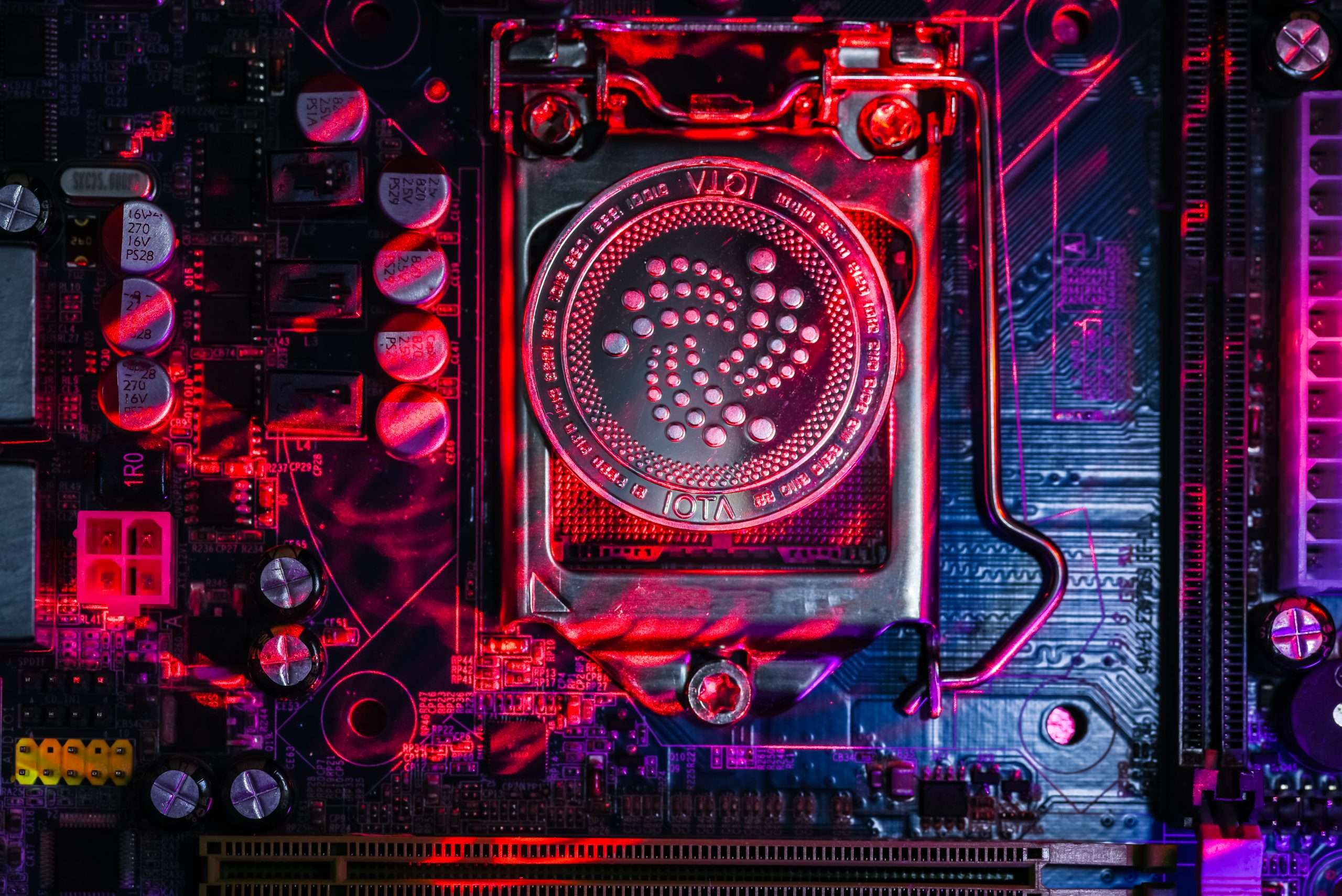
Source: epic_images – Shutterstock
- The IOTA Foundation released the first implementation of Mana with the Pollen testnet v0.5.0 yesterday.
- Mana will create a completely new ecosystem in which the IOTA token will gain importance for the network.
While Chrysalis phase 2 is scheduled to be implemented on IOTA‘s mainnet by the end of March, Coordicide is also taking big steps forward. Yesterday the IOTA Foundation released Pollen Testnet v0.5.0, marking the first implementation of Mana.
The first objective is to test the first iteration of the Mana implementation to study its distribution in the Pollen testnet, look for any bugs and, more in general, assess its stability.
After this phase, other core modules such as congestion control, the Fast Probabilistic Consensus, the autopeering and the distributed Random Number Generator will be added. With yesterday’s release, among other things, a Mana API, various Mana sections to the local dashboard, the Pollen Analyzer dashboard and on the Grafana dashboard were released. In addition, both the GUI and CLI wallets were updated to allow users to define the identity of the node as the recipient of a transaction’s access and consensus Mana pledge.
In addition to Mana, a “major change” has also been made to GoShimmer. The consensus manager component is now designed “to be agnostic with respect to the actual consensus mechanisms implemented. In this way, GoShimmer can be seen not only as the IOTA 2.0 prototype but also as a flexible framework for any DAG-based DLT”.
With the first implementation of Mana, the much-anticipated launch of the incentivized Nectar testnet is now “around the corner,” according to Angelo Capossele, Senior Research Scientist at the IOTA Foundation:
With the Mana module being successfully implemented, the next stage of our Coordicide testnet called “Nectar”, our first feature-complete Coordinator-free testnet, is around the corner. The team is already working on the remaining features such as message finality via approval weight, reorganization, snapshots, timestamp voting and the integration of Mana with our core modules.
What does the implementation of Mana mean for IOTA?
Mana is a form of Sybil protection and a way to control network congestion. Sybil protection prevents an attacker from gaining malicious influence over the network by creating multiple identities. The congestion control determines who has the ability to write to the ledger during times of congestion.
In addition to the two uses, IOTA 2.0 introduces two ways to calculate Mana:
One way to calculate mana (commonly referred to as “mana 1”) is where the mana pledged is simply equal to the number of tokens moved in the transaction. The second way mana can be calculated (“mana 2”) is an augmentation of mana 1 which includes not only a delegated proof of ownership but also proof of node activity.
Mana 2 has a predictable evolution over time, in the sense that it is not affected by additional token transfers. This predictability may be important for users interacting in an “access mana market” (more on this below), who want to ensure control over their purchased or leased access.
For most IOTA holders, Mana will be a seamless part of using IOTA. For node operators, on the other hand, Mana is highly important because they can acquire it through three ways:
- Holding IOTA tokens: Node operators can buy tokens and pledge the Mana generated by these tokens to their own nodes.
- Renting Mana from token holders: rental payments can be made in IOTA or cash.
- Processing value transactions: A node can process payments in exchange for the Mana pledged in those payments.
In this respect, Mana creates a completely new ecosystem, as Dan Simerman, director of financial relations at the IOTA Foundation, pointed out in a recent post. Companies will have to buy IOTA similar to Bitcoin or borrow Mana for a fee to be part of the new global machine economy.
This news is republished from another source. You can check the original article here

Be the first to comment